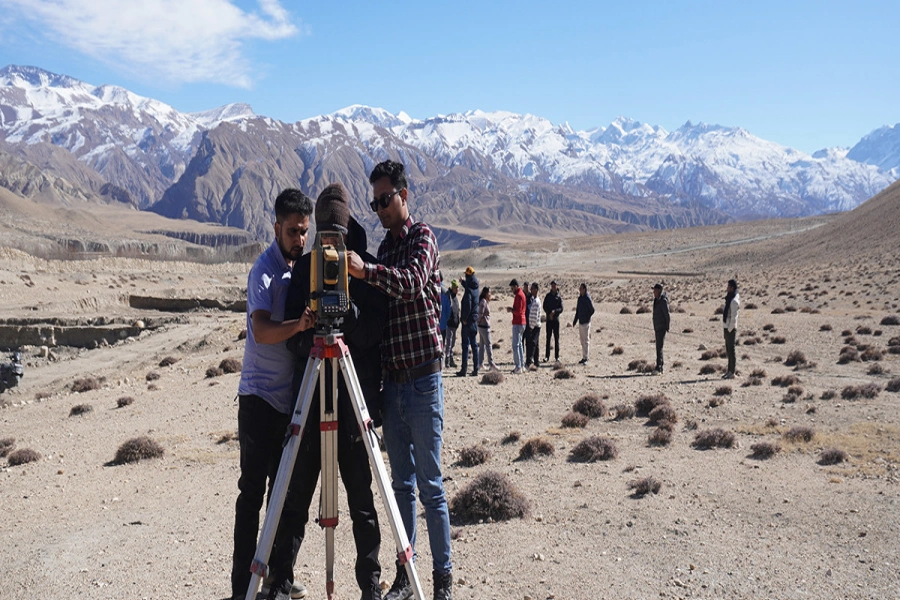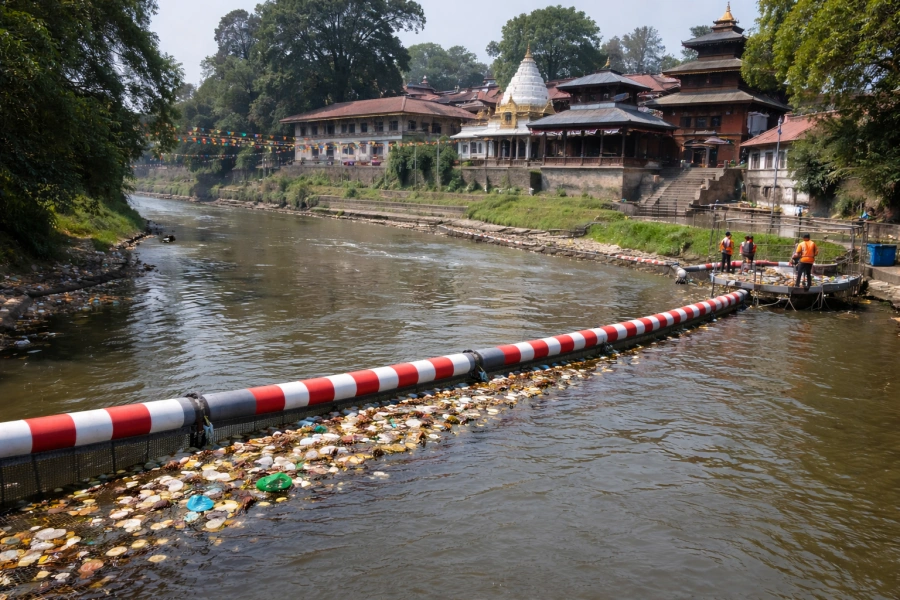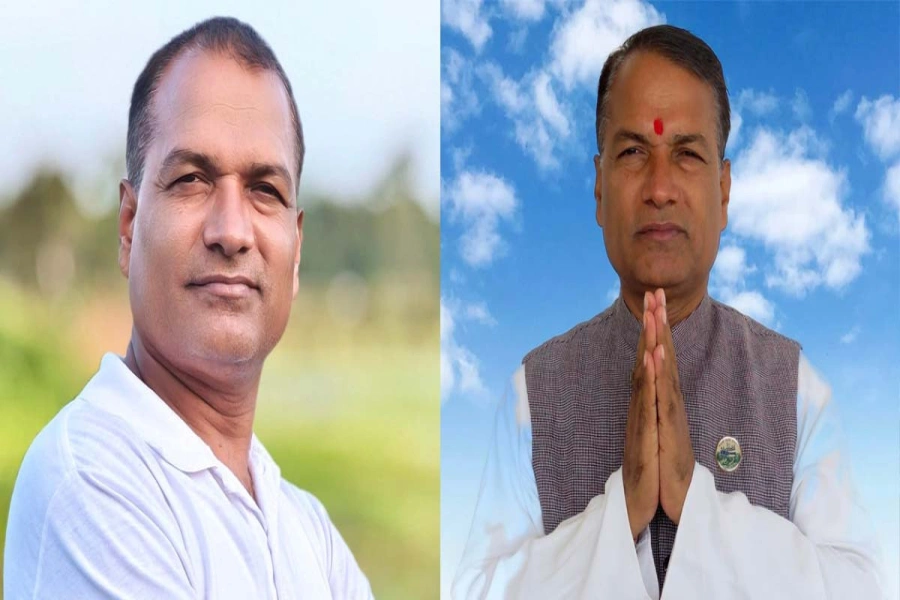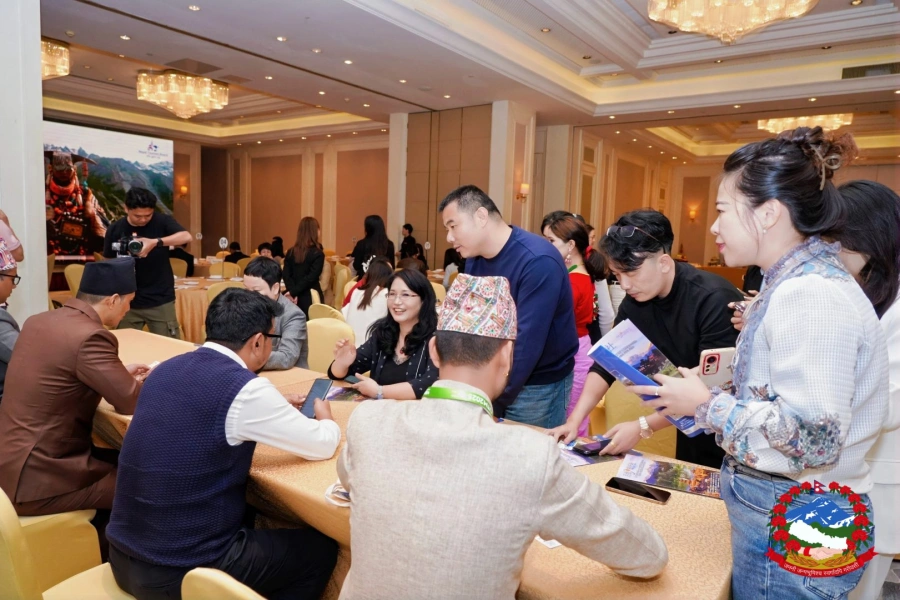If we are to produce next generation of cricketers who can compete at the highest level and go beyond gaining just ODI status the market needs to be as active
Lately, fans in Liverpool have been chanting “if he’s good enough for you, he’s good enough for me/sitting in the mosque, that’s where I wanna be/and if he scores another few, then I’ll be Muslim too’ in support for their new football hero: the Egyptian Mohammad Salah. In this day and age, where the right-wing western media has been brainwashing people with anti-Muslim propaganda, it’s exhilarating as well as optimistic to see the Caucasians wanting to convert (albeit somewhat naively) because of one sporting hero.
Sports have not only been an effective medium for physical and socio-economic development, but also contributed to tolerance and social cohesion. Athletes haven’t just built their communities and nations, they have also transcended borders and wed cultures and ideologies. For example, the Springboks’ (South African Rugby Team) victory at the 1995 World Cup will be forever cherished as a watershed moment in the post-Apartheid nation-building process: or Mohammad Ali rousing the delirious Africans—who’s your King, and unanimously the Ghanaians would answer—you! It was the social philosopher, the world champion; the God himself who had come home to the holy land and nativized himself.
Not quite matching the delirium of the Africans, but very excited nonetheless, my father seemed immensely rejoiced at Sandeep Lamichhane starting for the Indian Premier League (IPL) cricket franchise Delhi Daredevils against Bangalore. And what a debut he had. The 17 years old didn’t show any nerves and looked like he had been doing it for years. I got a strong hunch that he is going to be a regular for whichever IPL team he represents next year. And if rightful measures are taken, there will be plenty more Nepali cricketers rubbing shoulders with world’s elite cricketers in the future.
Long way in short time
Province 1 sees growing night-time sporting sensation

The game of cricket may have been introduced in the 1920s, but it wasn’t until early 90s when the sport appealed to the consciousness of general public. It was partly because the economic liberalization had made media commodities like TV and Radio more readily available, and also partly because a certain young Indian batsman had begun to capture the imagination of the world.
In the last decade, Nepal has consistently progressed through the lower tiers of cricket which has somewhat made up for the stagnation of football. While it may not be fair to compare the two sports (football is played in almost every country and cricket just doesn’t have that global allure) Nepal’s gaining of the One Day International (ODI) status is arguably one of the greatest moments in not just cricketing history, but in history of Nepali sports altogether.
Post ODI status, there have been plenty of talk about the need for cricket stadiums. Dhurmus-Suntali Foundation is on a mission to construct an international stadium, while the central government in its child-like petulance has time and again maintained that it can build a stadium on its own. One Chief Minister went as far as saying that the Province wasn’t too far away from hosting a cricket match between India and Pakistan. However, depending solely on the government to expedite growth of cricket may come at the game’s own peril.
Learning from past
It’s a well known fact that the national games are held within poor infrastructure with deplorable facilities. And when it comes to hosting regional games, the government has invested heavily in building physical infrastructure or other countries have built sporting complexes only to be discarded after the games are finished. Dasarath stadium (even before the earthquakes) and Satdobato swimming complex are there for all to see. Building stadiums must be a mean for developing sports, not an end in itself.
One of the reasons football is in the doldrums right now is because it’s mired with politics and hence corruption. Cricket Association of Nepal (CAN) has already been suspended once due to government interference in the board. The members of Nepali cricket team including the skipper have been very critical of the operation of CAN in the past. With ODI status in the bag for few years, there are potential sponsorships opportunities for CAN in the offing which coupled with new funds from the government could very well see CAN duplicate the wrongs of the ANFA.
In our society, greater power has always come with greater finance, but never with greater responsibility. CAN must get the credit for the ODI status. However, if we are to produce next generation of cricketers who can compete at the highest level and go beyond gaining just the ODI status to playing at the World Cup and ultimately gaining the Test status, the market needs to be as active, if not more than the government.
Magic of market
In 2010, India constituted two percent of world’s total consumer spending—currently it’s estimated to be 5.8 percent. Only nine percent of its population was considered affluent in 2000—now it is 30 percent. Indians are able to achieve that because of the magic of market. Sports have played major role in that when you think of the sheer number of sporting leagues that have initiated after the IPL.
No one would have envisaged that the IPL would have been worth more than US $ 5.3 billion within a decade if its inception. When sports and influential marketing merge, magic happens. That magic can happen here too, though it would be silly to conceive similar financial might. National Cricket League and Everest Premiere League have unearthed remarkable talents. But more is is needed in terms of investment and remuneration for players.
Some time ago, Madan Krishna and Hari Bansha felicitated Sandeep while stating we have found our own Tendulkar. The comedy duo can be considered marketing moguls of Nepal and I wonder wouldn’t it be in their interest to invest in cricket or football. Almost all IPL or other sporting teams in India are owned by either businessmen or actors. I can easily think of many such people here who could easily own a franchise team. A franchise would have its own well managed stadium and facilities which can be breeding ground for talent. In a sports crazy nation like ours, it’s a win-win for both investors with lucrative sponsorships and TV rights and players with plentiful salary.
Why Sandeep?
My father, as big a sports fan as he is, would have never compromised me wanting to be a footballer or cricketer when I was growing up, because there wasn’t much possibility. Sandeep has made it possible for newer generation of fathers to change their views. In our society, where affluence is mostly limited to politicians and their cronies who are too often arbitrary, irrational, petty, vindictive, capricious, shortsighted, avaricious, and nasty, it’s a gratifying change to see people get their just rewards entirely on their capability.
khatri.niranjan@gmail.com





































